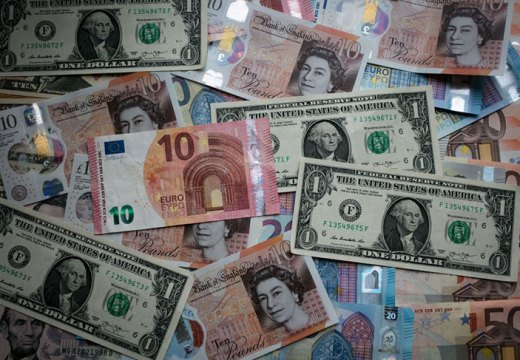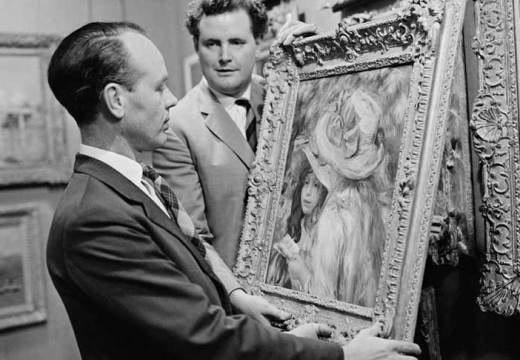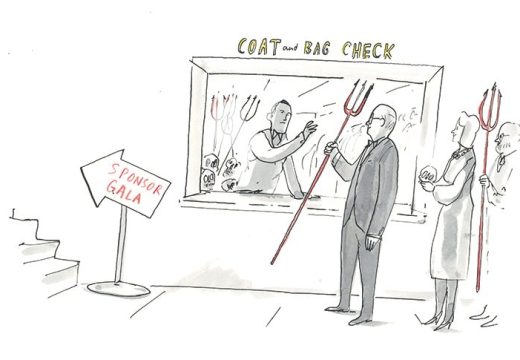The art market seems to defy most conventional laws of economics, but has historically obeyed the law of supply and demand, prizing the rare above what is easily come by, and the unique above all. Increasingly, however, even this principle is looking wobbly, as art that comes in multiples gains in appeal and value.
Witness Jeff Koons, who in May regained his spot as the priciest living artist at auction when his stainless steel Rabbit sold for $91.1m with fees at Christie’s in New York. The shiny bunny has divided opinion since it was first shown in 1986, but at the time was described by the influential critic Roberta Smith as ‘a dazzling update on Brancusi’s perfect forms’. And it gained prestige this year by being sold from the S.I. Newhouse collection. But its eventual price seems particularly punchy for a work that is just one of an edition of three – plus an artist’s proof, so that in effect there are four of them, given that such proofs seem easy to prise away from their artists these days.
Safety in numbers is symptomatic of the super-rich, citizens-of-everywhere world we are in today. ‘Once you join the super-elite you patronize the same dentist, interior designer, art curator. That’s how, from the inside, the plutonomy becomes a cozy global village,’ wrote Chrystia Freeland in Plutocrats, her searingly insightful book of 2012. Whether it’s a high-end car, watch, dress or dentist, the 0.1 per cent want the same recognisable symbols of wealth as each other. What could be a better clientele for an artist such as Koons? The other owners of a Rabbit are the collecting couples Eli and Edythe Broad and Stefan Edlis and Gael Neeson, members of a billionaires club that anybody can join – for an eight-figure sum.
A related dynamic – and one that arguably invites more sympathy – is that, given that it is so tricky to understand how such high values are conferred on art, buyers take comfort in knowing that someone else has paid up already for what is essentially the same work. If big-name, industry leading collectors think that a Jeff Koons work is worth tens of millions of dollars, then how wrong can they be? Of course, there are many holes that can be picked in that theory, but the ownership of others does add a certain level of protection in a propped-up market. Sometimes this comes with the bonus of simultaneous museum validation. Such was the case with Rabbit: the Broads’ version of the work was on display in a major Koons exhibition at the Ashmolean in Oxford when the Newhouse version came to auction.
Even when multiples don’t individually exceed the value of original works, they often prove more profitable – and this is not a new phenomenon. According to the late author and dealer in Victorian art Jeremy Maas, in the early 1860s the dealer Ernest Gambart managed – thanks to the availability of the printing press – to generate an income of £1,000 a year (the equivalent of around £120,000 today) through sales of prints of Holman Hunt’s The Light of the World. More recently, Pace Prints brought a new portfolio of three screenprints by the current market superstar KAWS to Art Basel Miami Beach. These came in an edition of 100, priced at $65,000 per set and available at the booth on a ‘first come, first served’ basis for 15 minutes at the fair’s VIP opening. Marketed through Instagram, the event-based strategy paid off: the works proved so popular, drawing such a crowd at the stand, that the gallery instead held a a lottery and the set swiftly sold out – you do the maths.
This isn’t the way it was meant to be. Multiples have often ostensibly been used by artists to democratise their markets. Pablo Picasso’s ceramics, Andy Warhol’s silkscreens and Takashi Murakami’s clothing range are all examples of artists deliberately trying to open their art to a broader base (though all these artists have also been aware of the marketing potential of a diffusion line.) ‘Andy’s prints made him a kind of Henry Ford of art, with his works produced on a human assembly line,’ Michael Shnayerson writes in Boom (2019). Whether or not these were made by Warhol or his assistants didn’t seem to matter: consumers were ‘delighted to be buying the brand’.
The American artist Wade Guyton has taken the idea one step further and tried to use multiples to lower the value of an original, reprinting more copies of his existing flaming-U inkjet work when it was set for sale at Christie’s highly publicised ‘If I Live I’ll See You Tuesday’ auction in May 2014. Guyton’s Untitled (Fire, Red/Black U) (2005) nevertheless sold at its high estimate of $3.5m. Later in the same week, a similar Guyton work from 2006 sold for nearly $6m, rather undermining the artist’s intentions.
Eventually, probably, the economics will out. In the meantime, rarity seems to have been overrated.
From the September 2019 issue of Apollo. Preview and subscribe here.
Unlimited access from just $16 every 3 months
Subscribe to get unlimited and exclusive access to the top art stories, interviews and exhibition reviews.














![Masterpiece [Re]discovery 2022. Photo: Ben Fisher Photography, courtesy of Masterpiece London](http://www.apollo-magazine.com/wp-content/uploads/2022/07/MPL2022_4263.jpg)
Why are fathers so absent from art history?